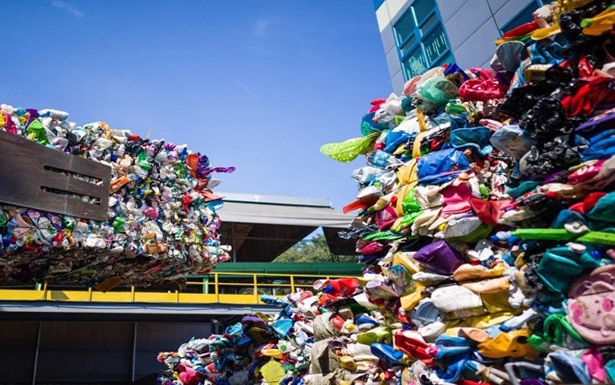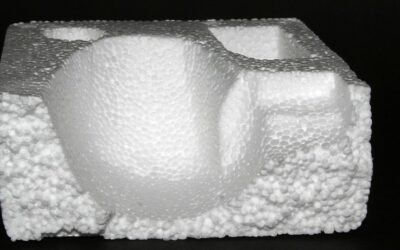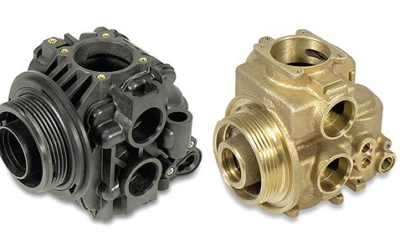About 3.5 million tons of garbage are generated daily worldwide and this figure is estimated to grow at the rate of 1.3 billion tons per year
International organizations such as the World Bank foresee that by 2025 approximately 2.2 billion tons of garbage will be generated per year. The scenario is not encouraging and requires immediate action. Despite the large amounts of waste that are recorded, it is important to understand that not all countries generate the same volume, so the problems vary in each region.
According to the Waste Atlas ranking, the countries that generate the most garbage per year are China, the United States and India. Mexico occupies the ninth position (39 million tons) above France (34 million tons) and Spain (20 million tons).
But what options are there to face the garbage challenge? One of the best-known solutions so far is landfills –controlled engineering works in which garbage is disposed of–, however, for more than 30 years, countries such as Spain and France have resorted to thermo-valorization technology as an innovative solution for the management and use of waste.
With a population of approximately 46 million inhabitants and with an average garbage generation of 1.3 kilos per inhabitant per day, thermovaluation is one of the technologies most used in Spain, a country that has 11 plants.
According to reports from the Spanish Association of Energy Recovery Companies (Aeversu), in 2016 these plants revalued more than 2.5 million tons of waste, which represents an energy production of more than 1.6 million MWh. This is equivalent to the average consumption of 450 thousand households.
Spain follows the waste treatment hierarchy proposed by the European Union, which establishes that energy recovery must be a complementary option to the waste management system, and whose value is to extract the energy potential of non-recyclable waste.
In this sense, Madrid and Barcelona follow this principle. In Barcelona, 74.7% of the total waste is treated from a process called Mechanical Biological Treatment and 25.3% is recovered through thermo-valuation.
It is important to mention that the residues that are treated in the Thermovaluation Plant are the rejects of the Biological Mechanical Treatment Plants, that is, organic waste. In Madrid, the situation is equivalent since 70.8% of the total waste goes to Biological Mechanical Treatment and 29.1% is recovered through thermovaluation.
Another of the main European cities where Energy Recovery is also important is in Paris and its Metropolitan Area since of the more than 2 million waste that they generate, 27.5% goes through Biological Mechanical Treatment, 69% is sent to plants of thermovaluation and only 3.1% is available in sanitary landfills.
The waste that is taken to the Energy Recovery is also mostly coming from the rejection of the Mechanical-Biological Treatment although waste is sent without previous treatment.
Thermovaluation encourages recycling, since it energetically valorizes non-recyclable inorganic waste and adds value in comprehensive management as a complementary activity for final disposal. Therefore, recycling, composting and energy recovery go hand in hand in the strategy of eliminating landfills and really promoting a circular economy.




